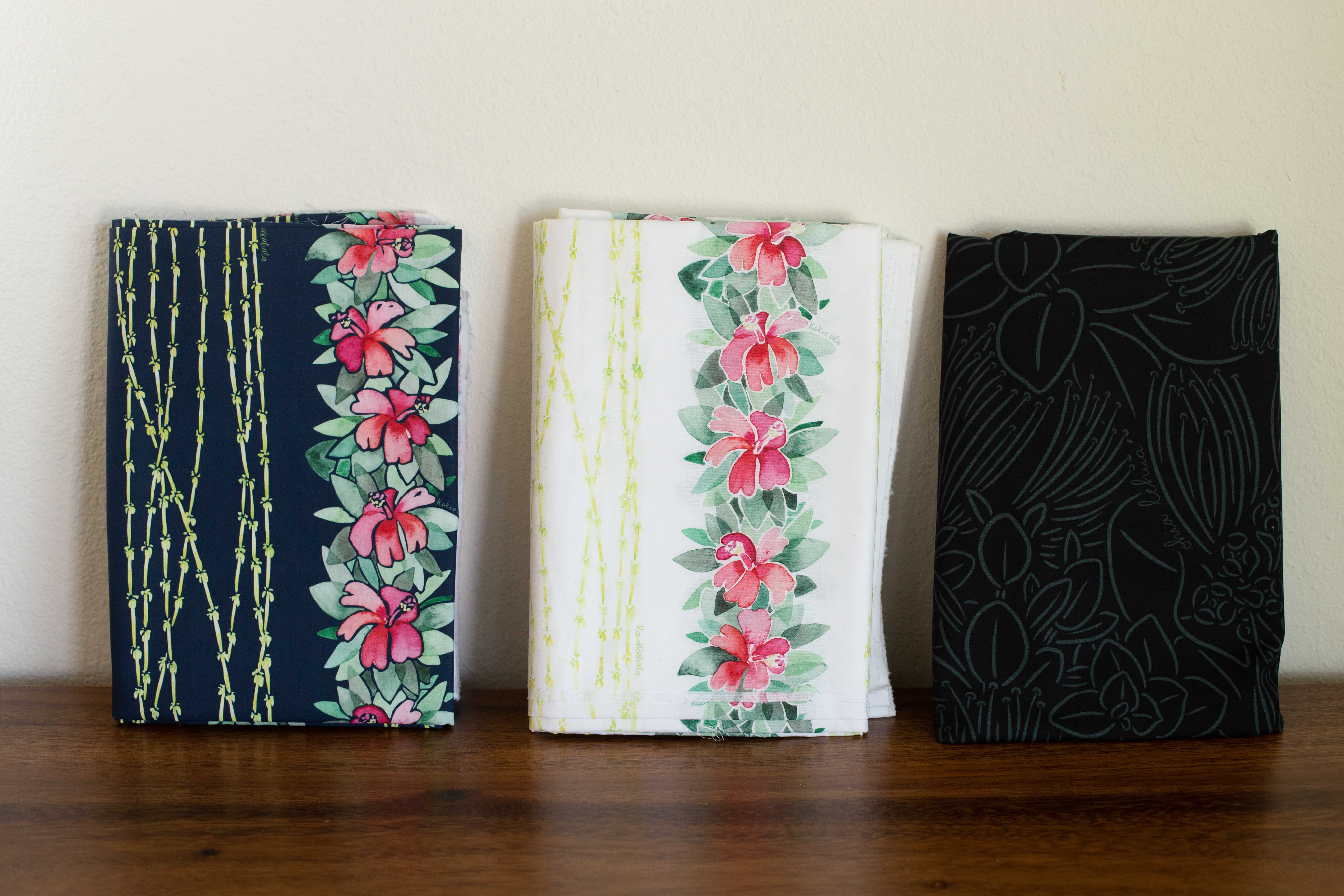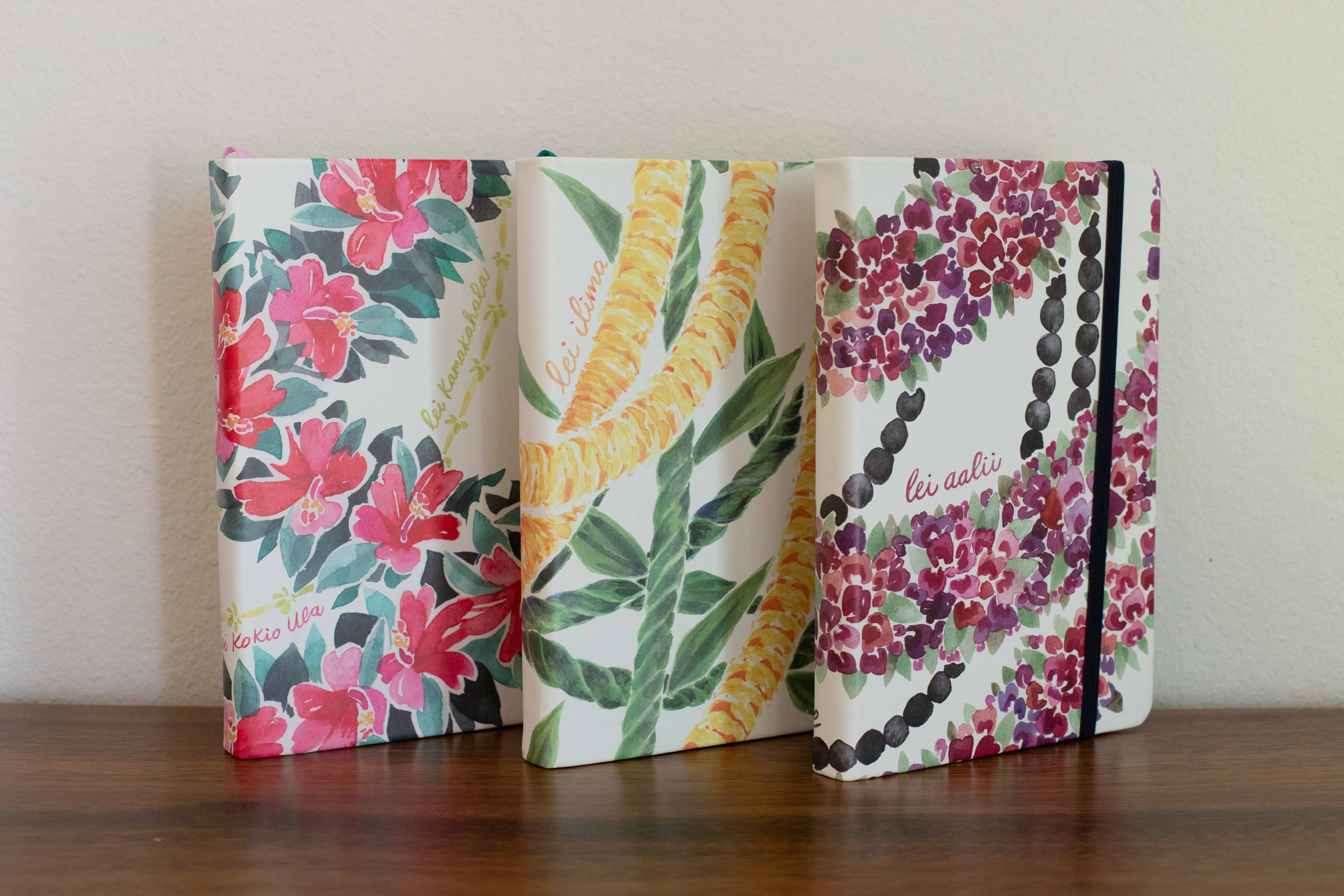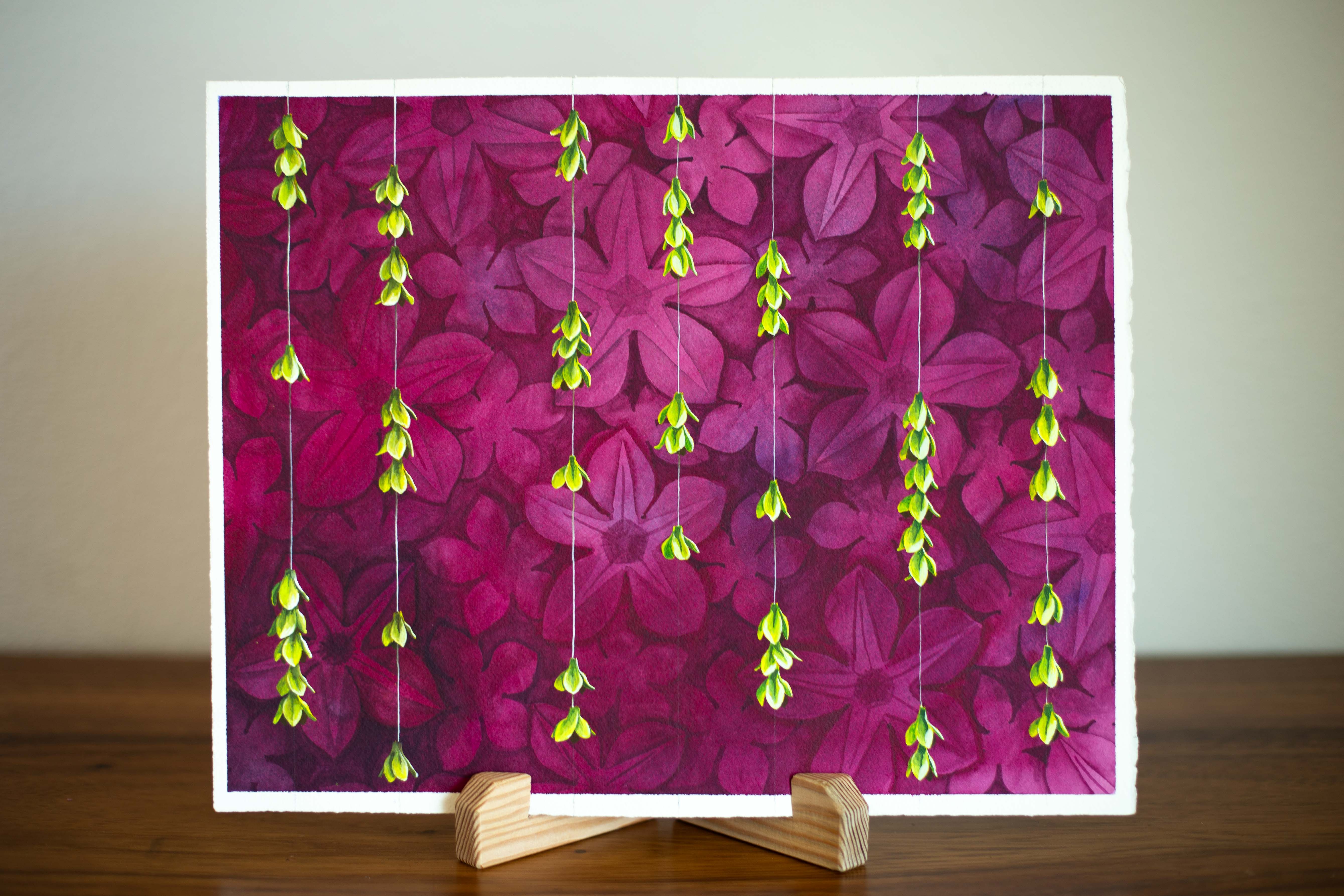5 Tips for Starting With Watercolor
Switching gears from all this acrylic painting! I’m excited to dive back into free-flowing watercolor.
What I love about watercolor is that it’s not always in your control exactly how the colors blend. I like that it's a little unpredictable. You can let it flow and just be. Itt creates its own beauty.
After spending weeks and weeks painting brick walls with buckets of acrylic, I am very much looking forward to unpacking my watercolors (yes, it’s true - I literally packed them up and have strictly been designing digitally).
Watercolor is definitely my preferred medium, and here are a few reasons why:
- I enjoy overlaying watercolors. Because they are so transparent, I can paint a nice purple, let it dry and then paint a blue on top of it in a way that the purple still shows through creating a beautiful, layered wash.
- There’s nothing like having a brush in my hand (which I was reminded when painting with acrylic). The feeling of putting the brush to paper and dragging the hairs across the page and lifting up at the right moment… Mmmm… very therapeutic.
- I can build up or tone down the colors. Unlike digital or acrylic where I have to commit to my colors, watercolor has more wiggle room with colors. I can add more layers to get brighter shades of color or water down the pigments to get softer colors.
If you’ve been thinking about trying out watercolor for the first time, or maybe it’s been a while and you could use a refresher, here are 5 tips for starting out with watercolor.
- Get a mid-range (not too cheap) watercolor paper. When you start out you will probably use too much water, and if your paper is too thin, it might not be able to absorb it all. Here’s a great option and an affordable one. I have been using this paper for years. Target or Walmart also has good options. Just make sure you get one that is for watercolor.
- Start with one or two (maybe three) colors. One mistake I made when I was starting out was using too many pretty colors, they just mixed together and made an ugly brown. Pick one color. Get really good at using that one color. The way you change the color is by adding more or less water. Paint something with lots of water if it's a light area, or very little water for darker areas, and just play around with it. When you’re ready for more colors, pick one or two more and get good at using those before adding more.
- When getting paint, buy what you can afford. Start with watercolor paints that are not in tubes but that are nicer than the ones we used in elementary school. Paints are important, but as a beginner you probably won’t notice the difference as there are so many other things to be learning so better to save your money for nice paints as you progress in watercolor. I would recommend paints that are already in tins not the ones in tubes.
- Start with round style or liner brushes. In my opinion these are best for when you’re starting with watercolor. They can give you thin or thick lines. Sizes 6-8 for a round brush is good and sizes 2-4 is good for the liner brushes. If you’re not sure what these kinds of brushes look like then just type it into google.
- As you’re learning, find watercolor paintings or artists that you like (I’d be honored if it was me) and try to replicate their style or change it up a little. It is very common when just starting to paint to recreate others' art, but only do so for practice and never claim it as your own. If you share pictures of it or show it to others be sure to credit the artist that you copied and explain that you love their style and used the exercise to learn more about the medium not to claim rights to their work.
An example disclaimer you can use:
“Here’s a recreation of a work done by one of my favorite artists [name and link]. As a student of watercolor, I’m trying to learn more about the medium and I love the way this artist [________] so I wanted to try the style myself. If you like this style or piece go check out the original [link to original].”
I hope these tips help and inspire you to go get those paints you’ve been eyeing online or at the store. I think you’ll be pleasantly surprised with just how creative you really are! Remember to keep going even if it gets tricky or a little frustrating. I know you can figure it out.
Sewing, painting, painting, sewing… this is my happy place. It’s my me-time; my self-care. I’m definitely looking forward to getting back into my paint therapy.
What would you add to this list for someone starting out? What other questions do you have about working with watercolor for the first time? Please leave a comment, and let's teach each other.








I’ve always wanted to try watercolor but am just too intimidated. I feel like I could at least give it a try with these tips – thanks!
Hi Emily, I love this and will follow as I’m trying to learn to watercolor. I’m curious why you don’t like tube paints? I’m trying both and don’t really see an advantage or disadvantage yet.
Kathryn 🌺
Leave a comment